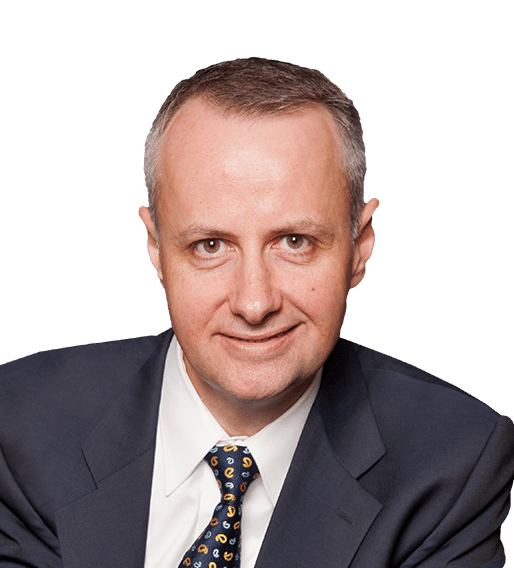The product mindset is rapidly expanding. It’s a hot topic for executives across industries, from startups to global enterprises. In planning sessions and networking events, you often hear, “We’ve built an initial product that combines the best of Features A and B, and it will change the way our customers engage in X, Y, and Z. Now, we need to scale and mature it…”
Over the past 15 years, “product thinking” has seen a renaissance. This blend of Product Management concepts, agile principles, and Silicon Valley startup bravado has led to a renewed focus on the customer, with phrases like “enhancing the end-to-end customer experience” and “creating a unified experience across all our customer interaction channels.”
Customer expectations have shifted. They now demand greater flexibility and openness in their technological choices. Despite tighter margins and a challenging business landscape, consumers still expect new features and an evolving product roadmap.
At Pariveda, we specialize in guiding organizations through the product development journey and its critical inflection points. The key is not just adopting new methods but leveraging them to truly transform how you deliver a consistent customer experience.
Where do we go from here?
In this rapidly changing world, can you mature your product development model to appease these new customer expectations within your delivery constraints, while also avoiding the growing pains you might typically experience?
Regardless of the product development model you use today, or its current level of maturity, you will inevitably encounter growing pains on your path to refining your approach. But, to ensure you can move through these roadblocks as effectively as possible, you’ll need to address at least these three things on your journey to product model maturity: avoiding bottlenecks, focusing on outcomes over features, and making sure you are “role-ing” the right way.
Avoiding bottlenecks
In product development, any number of bottlenecks can occur in various places over time, eating into your progress, destroying efficiency, and blocking you from creating a more mature process.
Communication
Bad communication is the worst of all bottlenecks, so it would greatly benefit you to do everything in your power to create and promote a culture of open communication and radical transparency within your organization. Make sure you have the right tools and platforms to enable efficient communication, documentation, and knowledge sharing, but even more importantly, make it a part of your culture and values. Nothing creates a nasty bottleneck quite like poor communication.
Handoffs
Every handoff is an opportunity for a bottleneck, so the more you can streamline handoffs the better. Start by identifying and listing out every dependency between tasks that you can. Then, analyze each of those dependencies to identify where handoffs can be consolidated or simplified. Next, work to establish crystal clear processes, roles, and responsibilities for managing those dependencies and coordinating the activities around them.
Decision-making
Any juncture where a decision must be made is another point for a potential bottleneck. Do what you can to simplify every decision-making process. Again, start by identifying and listing all decision-making points and then empower the right people or teams to make timely decisions. Establish decision frameworks, including clear roles and responsibilities for decision-making, decision criteria, and escalation paths to ensure decisions are made efficiently and effectively.
By proactively identifying and addressing these bottlenecks, you can streamline your product development processes, improve your team’s efficiency, and speed up the time it takes to get your new products to market.
Focusing on outcomes over features
A project mindset is focused on features, but a product mindset is focused on driving business and customer value. To mature your product development model, you need to evolve your organization to be laser focused on outcomes that benefit your end customers.
Have a plan
If you start your product development journey without a plan, or 20-year goal, it will stall your team’s progress and cause major roadblocks that could have been avoided with a little planning. Having a solid plan, with a clear vision and objectives, will help support that laser focus on outcomes for your consumers, as opposed to just focusing on the flashiest new features.
Be the customer
Get into the mindset of your customers. Do your research. Get to know their needs, their pain points, and what they REALLY want to get from your product. Regularly collect and analyze feedback from these folks. Then, ensure what you are developing aligns with the outcomes they are seeking.
Know what matters
Earning sprint points is not the same as achieving business outcomes. Track the metrics that reflect the actual impact your product has on the end user, and the business outcomes that matter, so that your team can understand how their outputs drive these valuable metrics. And don’t be afraid to adjust what metrics you track as priorities change.
When you focus on outcomes over features, you enable your team to develop products that create genuine value for users and leave a lasting impression, leading to higher customer satisfaction and sustainable product success.
Role-ing the right way
A project mindset is focused on governance and traditional titles, but a product mindset is focused on critical roles and collaborations. Encouraging your organization to think with a product mindset when it comes to the way you “role” on your projects is an important way to mature your product development model.
Right-size roles
Product organizations must create their own right-sized version of what works for their team and their skillsets. Undersize a role and you have talent going to waste. Oversize a role and you risk burnout and attrition.
Adapt and react
Product teams can and should adapt multiple delivery concepts as needed – nothing should be sacred. Different projects will have different requirements, so a one-size-fits-all approach may not always be the best solution. Product teams can harness the most beneficial methodologies and tools for the best product outcomes by adapting and adjusting various delivery concepts based on your specific project needs.
Roles over titles
Key roles should obviously be staffed with the appropriate skills and within reasonable ratios, which vary by product. But you should always try to favor roles (not titles) that create the right tensions and agreements within your team. Then, monitor these roles to ensure behaviors are optimized.
Role-ing your team the right way is critically important to maturing your product development model and also to creating effective, cohesive, and happy teams in general. You can have the most talented team in the world, but put people in the wrong, or undefined roles, and watch that talent go to waste.
There are many factors involved when it comes to avoiding common pitfalls while maturing your product development model. But, by addressing these three things (bottlenecks, outcomes, roles), you’ll be much closer to your goal.





















